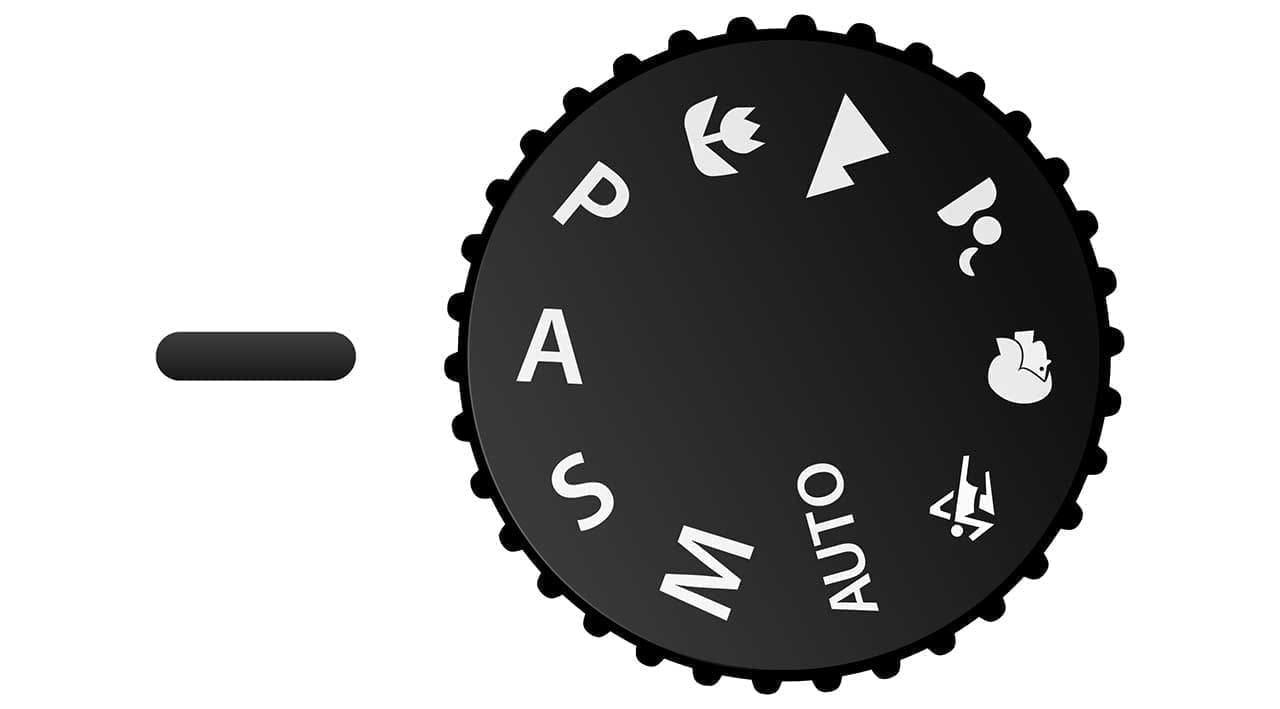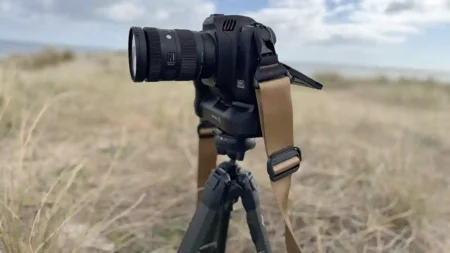One of the most popular exposure modes in cameras is the Av, or Aperture Priority mode, and it’s the mainstay of portrait and landscape photographer alike. But what is Aperture Priority and why is it useful to your photography? We’ve got the answer.
What is Aperture Priority?
Aperture Priority – often referred to as Aperture Value – mode is an exposure mode on your camera that allows you to control what aperture value (f number) you shoot at and adjusts the shutter speed accordingly to suit.
If you are new to photography you’ve probably been using up till now your camera’s Auto or Program modes. When using these your camera makes its best guess at what the correct combination of shutter speed and aperture should be, but as clever as your camera is, it’s best guess is sometimes wrong.
That’s why switching to Aperture Priority mode can be advantageous when you want to use a specific aperture setting to achieve a certain effect, or simply get more creative and test out selective aperture settings.
Finding your lens’s sweet spot
Most lenses have what is called a ‘sweet spot’ when it comes to setting an aperture value. The sweet spot is the f number where your lens produces its best level of sharpness and overall image quality.
Most lenses have a sweet spot within the range of f/8 to f/11. This is because it’s midway through your aperture range. Most lenses often produce vignetting in the corners of the frame at their widest available aperture, result in a loss of sharpness.
Likewise, photographers will find softness when using narrow apertures – e.g. f/22 – because of diffraction. You can determine your lens’s sweet spot by shooting the same subject at the same focal length, working your way through each f number.
Once you know your lens’s sweet spot you can then use your camera’s Aperture Priority mode to select this ideal aperture for ultimate image quality. Your camera’s metering system then does the rest, adjusting your shutter speed automatically.
Depth of field
But ultimate image quality isn’t the only reason to use Aperture Priority mode. Perhaps the biggest advantage of setting your Av mode is that it gives you control over depth of field – the zone of sharpness in your image.
If you set a wide aperture, such as f/2.8, you can create a shallow depth of field which will blur your background and make your subject stand out. This is great in macro and portrait photography Wildlife photographers also use shallow depth of field as backgrounds in nature can typically be distracting if not blurred.
Landscape photographers, on the other hand, tend to want maximum depth of field, or in other words as much of the frame as sharp as possible. When landscape photographers use Aperture Priority mode they tend to use a narrow aperture of around f/16 to f/22 to extend this zone of sharpness.
Common problems when using Aperture Priority mode
One common obstacle when using Aperture Priority mode is that if you select a narrow aperture the shutter speed your camera dials in will probably be quite slow. This can make it difficult, if not impossible, to shoot handheld.
Likewise, even if you are using a tripod, you might yourself with blurry images if your subject is moving, even in the slightest (e.g. flowers shifting in the breeze).
The best way to get a faster shutter speed when using narrow apertures is to increase the camera’s sensitivity to a higher ISO setting.
These days I find that I can shoot at sensitivity settings of around ISO 3200 and still get images that are sufficient quality. Cameras these days are very good at keeping noise at bay.
For sports and action photographers, another common problem is using a wide aperture in very bright conditions. In these situations a wide aperture may require a shutter speed that’s faster than your camera can provide.
You’ll notice this either by a blinking shutter speed value on your display, or the shutter speed value red or greyed out. This often happens when photographers use a ‘fast’ prime lens with a maximum aperture of around f/1.4 or f/1.8.
To achieve a shallow depth of field in really bright conditions, your best option is to mount a neutral density filter to help reduce the amount of light entering the lens.



